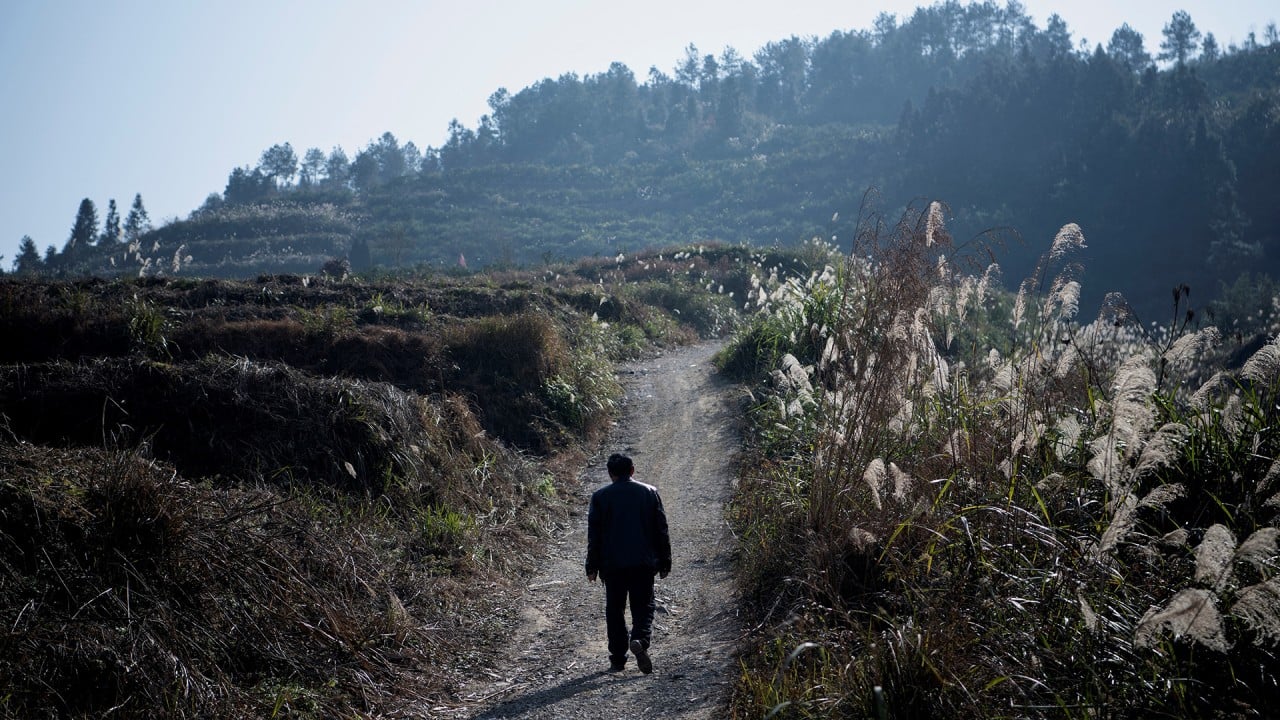Opinion | How China achieved its poverty alleviation goal by seasoning its ‘stone soup’ strategy
- The country launched an explicit and focused campaign, which tracked poverty at the household level, with incentives and resources for local governments
- The ‘stone soup’ approach involved mobilising non-government sources to bring their skills and resources to the table

In the parable of the stone soup, a man came into a village and asked those living there what their problems were. “We are hungry,” they replied. He told them that he could make delicious soup from a stone.
Amazed, they cried that this could be their solution. Setting up a cauldron in the town square, he placed a stone and water in the pot. After a few minutes, he said, “This soup will be delicious. But if only we had an onion it would be so much more so.”
A villager came forward with an onion. The man then did the same with a carrot, a potato and so on until each villager had contributed something. By the end, a delicious soup had been created by pooling the treasured items the villagers had had all along.
Chinese President Xi Jinping didn’t need to be so coy. After becoming president in 2013, he listed poverty alleviation as one of his administration’s core missions – and set a deadline of 2020. In 2016, the central government’s 13th five-year plan made an explicit commitment to eradicate extreme poverty by 2020.
How did he do it? Four critical pieces helped China achieve this audacious goal: an explicit and focused campaign, incentives and resources for local governments, tracking poverty at the household level, and mobilising resources from non-government sources (the “stone soup” strategy).



